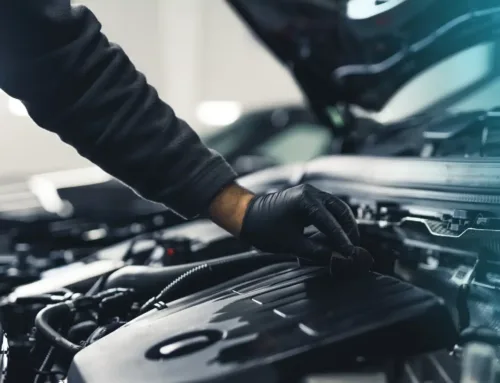Why Winter Tire Readiness Matters for European Performance Vehicles
European vehicles like BMW, Audi, and Porsche are engineered for precision, safety, and high performance. However, their advanced handling and braking systems rely heavily on the right tires, especially during winter. Switching to winter tires is essential for maintaining traction, control, and safety when temperatures drop and roads become slippery.
When to Switch to Winter Tires
- Temperature Threshold: Experts recommend switching to winter tires when temperatures consistently fall below 45°F (7°C). At this point, summer and all-season tires lose flexibility and grip, compromising safety and performance.
- Before First Snowfall: Don’t wait for snow or ice. Proactive installation ensures your vehicle is ready for sudden weather changes and avoids the seasonal rush at tire shops.
- Local Regulations: In many European countries and some U.S. states, winter tires are legally required during certain months. Check local laws to avoid fines and ensure compliance.
How to Switch: Step-by-Step Guide
1. Choose the Right Winter Tires
- Select tires specifically designed for your vehicle’s make and model. BMW, for example, recommends winter tires for models like the 3 Series and X5 to ensure optimal traction.
- Look for reputable brands such as Michelin, Pirelli, and Continental, which are favored by European automakers for their performance and reliability.
2. Professional Installation
- Have your winter tires installed by a specialist familiar with European vehicles. Proper fitment and alignment are crucial for maintaining handling and safety.
- If you’re searching for expert service, consider a trusted local provider for BMW repair in Briny Breezes, FL.
3. Tire Inspection and Pressure Check
- Inspect tires for wear, damage, and correct tread depth.
- Check and adjust tire pressure regularly, as cold weather can cause fluctuations that affect performance.
4. Tire Rotation and Wheel Alignment
- Rotate tires every 5,000–7,000 miles to promote even wear and extend lifespan.
- Align wheels to ensure precise handling and reduce uneven tire wear, especially after switching tires.
5. Proper Storage of Off-Season Tires
- Store summer or all-season tires in a cool, dry place, away from direct sunlight. Use tire storage bags to maintain shape and protect from environmental damage.
Benefits of Winter Tires for European Vehicles
- Enhanced Traction: Specialized tread patterns and rubber compounds provide superior grip on snow, ice, and wet roads.
- Improved Safety: Shorter stopping distances and better maneuverability reduce accident risk in winter conditions.
- Protects Vehicle Investment: Prevents damage to suspension and braking systems caused by harsh winter roads.
- Maintains Performance: Ensures your BMW, Audi, or Porsche delivers the driving experience you expect, even in challenging weather.
Expert Tip: Local BMW Winter Tire Service
For BMW owners in Briny Breezes, FL, professional winter tire installation and maintenance are available at the service centers specializing in BMW repair Briny Breezes, FL drivers trust. Rely on experts who understand the unique needs of European vehicles to keep your car safe and performing at its best.
Final Thoughts
Switching to winter tires is a critical step for European performance vehicle owners as temperatures drop. Schedule your tire change early, choose high-quality tires, and trust experienced professionals at Foreign Affairs Auto, LLC for installation and maintenance. This proactive approach ensures safety, preserves your vehicle’s performance, and protects your investment throughout the winter season.




